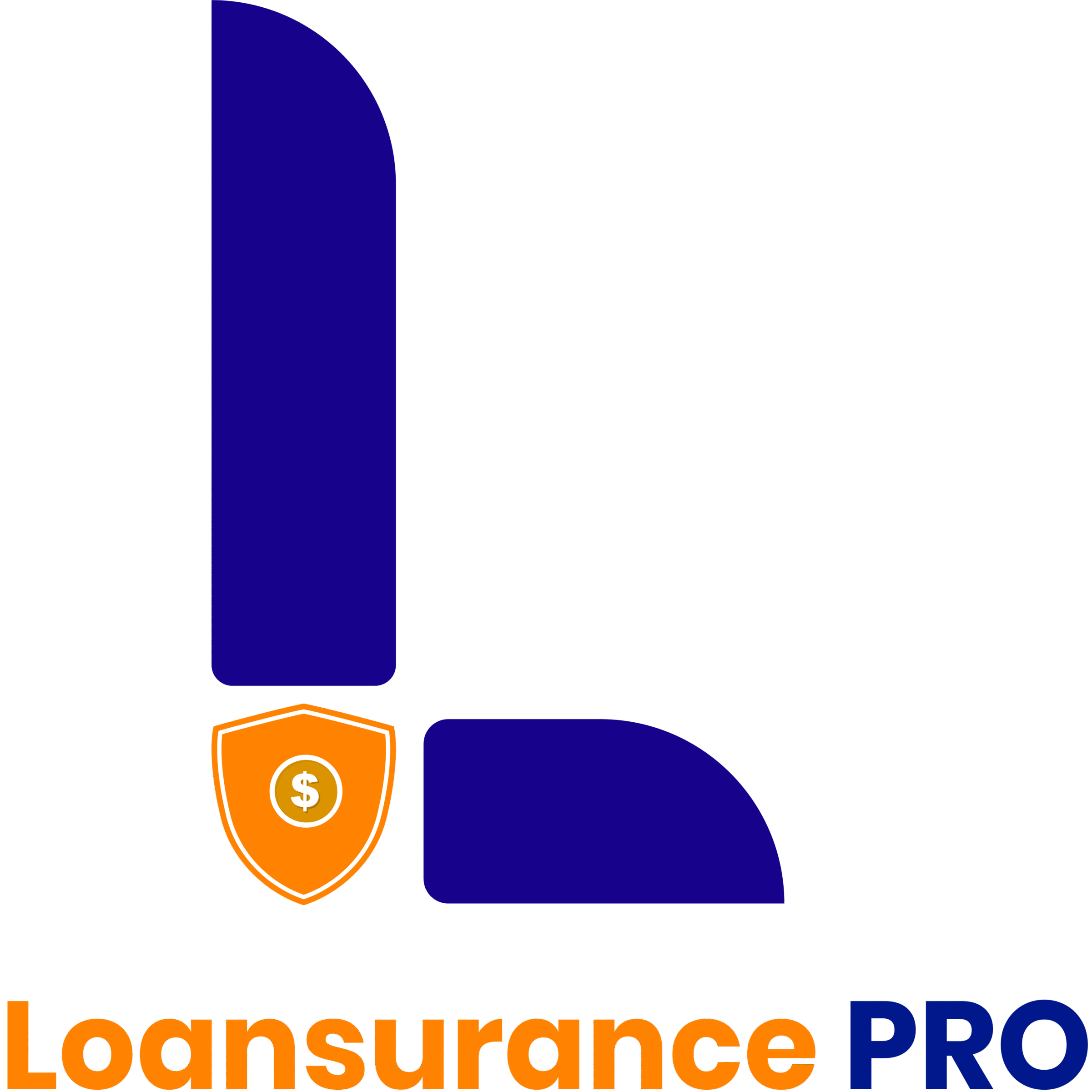Best HELOC Lenders in 2025: What to Know Before You Compare
Home Equity Lines of Credit (HELOCs) continue to be a powerful financial tool for homeowners seeking flexible access to cash. Whether you’re looking to fund home improvements, consolidate debt, or cover large expenses like education or emergency medical bills, a HELOC offers a revolving line of credit that adapts to your borrowing needs. In 2025, with interest rates fluctuating and the housing market evolving, selecting the right HELOC lender can significantly impact your financial outcome.
Consumers are increasingly comparison shopping for the best HELOC lenders based on APR, fees, repayment terms, and ease of application. This guide will walk you through the 10 best HELOC lenders of 2025, explain how HELOC rates work, and offer tips to help you compare offers effectively. With high search intent and relevance to personal finance goals, this content is tailored for users seeking up-to-date, high-value, and actionable information.

10 Best HELOC Lenders 2025
Here’s a carefully curated list of the top 10 HELOC lenders in the U.S. for 2025, based on factors like interest rates, borrower experience, online application options, and customer satisfaction.
| Lender | Best For | APR Range (as of 2025) | Max LTV | Credit Score Requirement |
| Bank of America | Large loan amounts | 6.99%–9.24% | 85% | 620+ |
| Wells Fargo | Customer service | 7.50%–10.00% | 80% | 660+ |
| U.S. Bank | Fixed-rate option | 7.35%–9.85% | 85% | 660+ |
| PNC Bank | Interest-only payment option | 7.20%–10.50% | 89.9% | 620+ |
| Figure | Fast approval | 6.95%–13.75% | 80% | 640+ |
| Spring EQ | High LTV borrowers | 8.25%–12.50% | 95% | 640+ |
| TD Bank | East Coast borrowers | 7.50%–10.75% | 85% | 660+ |
| Navy Federal | Military families | 6.75%–9.00% | 90% | 620+ |
| Citibank | Flexible draw periods | 7.00%–9.90% | 85% | 680+ |
| Better.com | Fully digital experience | 6.90%–11.25% | 85% | 620+ |
Before choosing, assess your financial goals, repayment ability, and whether you prefer fixed or variable rates.
HELOC Rates of 2025
Understanding the current HELOC rate environment is essential. As of mid-2025, HELOC rates have slightly decreased due to cooling inflation and a more favorable lending climate. However, they still tend to fluctuate based on market conditions, especially Federal Reserve policies.
Key Trends in 2025 HELOC Rates:
- Average APR: 7.50% – 9.00%
- Introductory Rates: Some lenders offer intro rates as low as 6.50% for the first 6–12 months.
- Rate Type: Most HELOCs have variable APRs; fixed-rate conversion options are available.
- Margin Over Index: Typically +2% to +3.5% over the Prime Rate.
Cost Factors Include:
- Credit Score – Better scores = lower APR
- Loan-to-Value (LTV) Ratio – Lower LTV gets better terms
- Draw Period Usage – How much and how often you draw funds
- Fee Structures – Origination, annual fees, and prepayment penalties
Always ask lenders about rate caps and the potential for rate hikes during the draw period.
How to Choose a HELOC Lender
Choosing the right lender depends on multiple personalized factors. Use this checklist:
- APR Comparison: Look at both intro and long-term rates
- Repayment Terms: Interest-only vs. full amortization
- Draw Period Flexibility: How long can you access the credit line?
- Loan-to-Value (LTV): Higher LTV ratios give you more borrowing power
- Digital Experience: Ease of online application and servicing
- Fees: Annual, closing, inactivity, and early closure fees
- Customer Support: In-branch access, live chat, or phone availability
Tip: Use prequalification tools where available to avoid hard credit checks.
How do I qualify for a HELOC?
To qualify for a HELOC in 2025, borrowers generally need:
- Home Equity: Minimum of 15–20% equity in your home
- Credit Score: 620 or higher (680+ for best rates)
- Stable Income: Proof of income and employment
- Debt-to-Income Ratio (DTI): Ideally under 43%
- LTV Ratio: Most lenders cap at 85%, but some go up to 95%
Submit documents like tax returns, pay stubs, mortgage statements, and property appraisals. The better your credit profile, the more favorable the terms you’ll receive.
How Do HELOCs Work?
A HELOC works like a revolving line of credit, secured by your home’s equity.
- Draw Period: Usually 10 years, during which you can borrow as needed
- Repayment Period: 10–20 years where no additional draws are allowed
- Variable APR: Interest rates change with market indexes (e.g., Prime Rate)
- Minimum Draw Amount: Often around $500 per transaction
- Interest-Only Payments: Common during draw period, then full repayment starts
You only pay interest on the amount you use, not the total credit line.
Apply for a HELOC
Steps to Apply:
- Check Equity and Credit: Know your home’s value and credit score.
- Research Lenders: Compare terms, APRs, and fees.
- Prequalify: See estimated rates without a hard pull.
- Submit Application: Provide income, debt, and home documents.
- Home Appraisal: Required to verify equity.
- Loan Approval: Review terms and sign closing documents.
Turnaround time: 1 to 4 weeks depending on the lender.
Pros and cons of HELOC
Pros:
- Access funds only as needed
- Lower rates than credit cards
- Interest may be tax-deductible (if used for home improvement)
- Flexible repayment options
Cons:
- Variable interest can increase
- Risk of foreclosure
- Annual or inactivity fees
- Equity fluctuations can reduce borrowing power
Advantages of HELOCs
- Cost-Efficient: Lower APR than personal loans or cards
- Reuse Line: Reuse funds as you repay, like a credit card
- Customizable Draws: Borrow only what you need
- Home Improvement Boost: Increases property value
- Credit Building: Responsible use can improve credit score
HELOC vs. home equity loan
| Feature | HELOC | Home Equity Loan |
| Loan Type | Revolving line of credit | Lump-sum loan |
| Interest Rate | Variable (some fixed options) | Fixed |
| Payment Structure | Interest-only (draw) + principal | Fixed monthly payments |
| Flexibility | High | Low |
| Best Use | Ongoing projects, uncertain costs | One-time large expenses |
Home Equity Line of Credit: Essential Tips for 2025 borrowers
- Shop Around: Rates and fees vary greatly between lenders
- Watch for Teasers: Low intro rates often adjust higher
- Use Wisely: Don’t treat your HELOC like free cash
- Plan for Repayment: Especially after the draw period
- Understand Fee Structures: Including annual and closure fees
Other Alternatives to a HELOC
- Home Equity Loan: Fixed rate, lump sum
- Cash-Out Refinance: Replaces existing mortgage with a new, larger one
- Personal Loan: Unsecured, faster funding but higher APR
- Credit Cards: Ideal for small, short-term expenses
- FHA Title I Loans: Government-backed, fixed-rate loan for improvements
Easy online application process
In 2025, most top HELOC lenders offer user-friendly online platforms with features like:
- Prequalification without credit impact
- Secure document uploads
- E-signature for applications
- Automated underwriting
- Fast customer support via chat or phone
Examples: Better.com, Figure, and Spring EQ lead in digital HELOC experiences.
FAQ
Is a HELOC a good idea for 2025?
Yes, especially if you have strong equity, a high credit score, and need flexible, low-interest funding.
Are HELOC Rates Fixed?
Most are variable, but many lenders offer fixed-rate conversion options during the draw period.
What is the draw period on a HELOC?
Usually 10 years, during which you can borrow against your credit line.
Will HELOC Rates Go Down in 2025?
Rates are expected to stabilize or slightly decline, depending on Federal Reserve policy and inflation trends.

